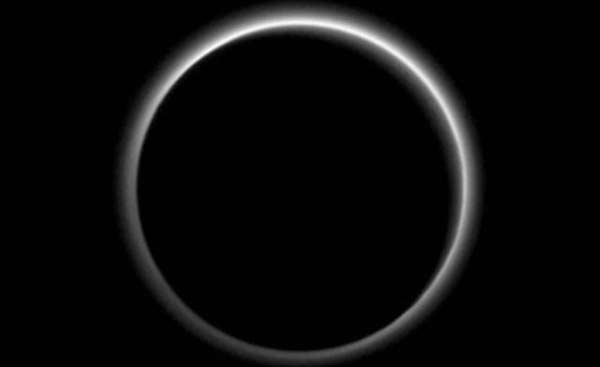
Virginia, US (BBN)-NASA's New Horizons probe has discovered flowing ice and an extended haze over Pluto.
"We knew that a mission to Pluto would bring some surprises, and now - 10 days after closest approach - we can say that our expectation has been more than surpassed," said John Grunsfeld, NASA's associate administrator for the Science Mission Directorate, reports the iafrica.
"With flowing ices, exotic surface chemistry, mountain ranges, and vast haze, Pluto is showing a diversity of planetary geology that is truly thrilling."
The probe made use of its Long Range Reconnaissance Imager (LORRI) tool to look back at Pluto, capturing sunlight streaming through the atmosphere.
It also revealed hazes as high as 130 kilometres above Pluto's surface.
There appeared to be two layers of haze - one at 80 kilometres and another at 50 kilometres.
"The hazes detected in this image are a key element in creating the complex hydrocarbon compounds that give Pluto's surface its reddish hue," said Michael Summers, New Horizons co-investigator at George Mason University in Fairfax, Virginia.
It's suggested that the hazes form when UV sunlight breaks up methane gas particles.
"The breakdown of methane triggers the build-up of more complex hydrocarbon gases, such as ethylene and acetylene, which also were discovered in Pluto’s atmosphere by New Horizons. As these hydrocarbons fall to the lower, colder parts of the atmosphere, they condense into ice particles that create the hazes," the space agency explained.
"Ultraviolent sunlight chemically converts hazes into tholins, the dark hydrocarbons that color Pluto’s surface."
BBN/SK/AD